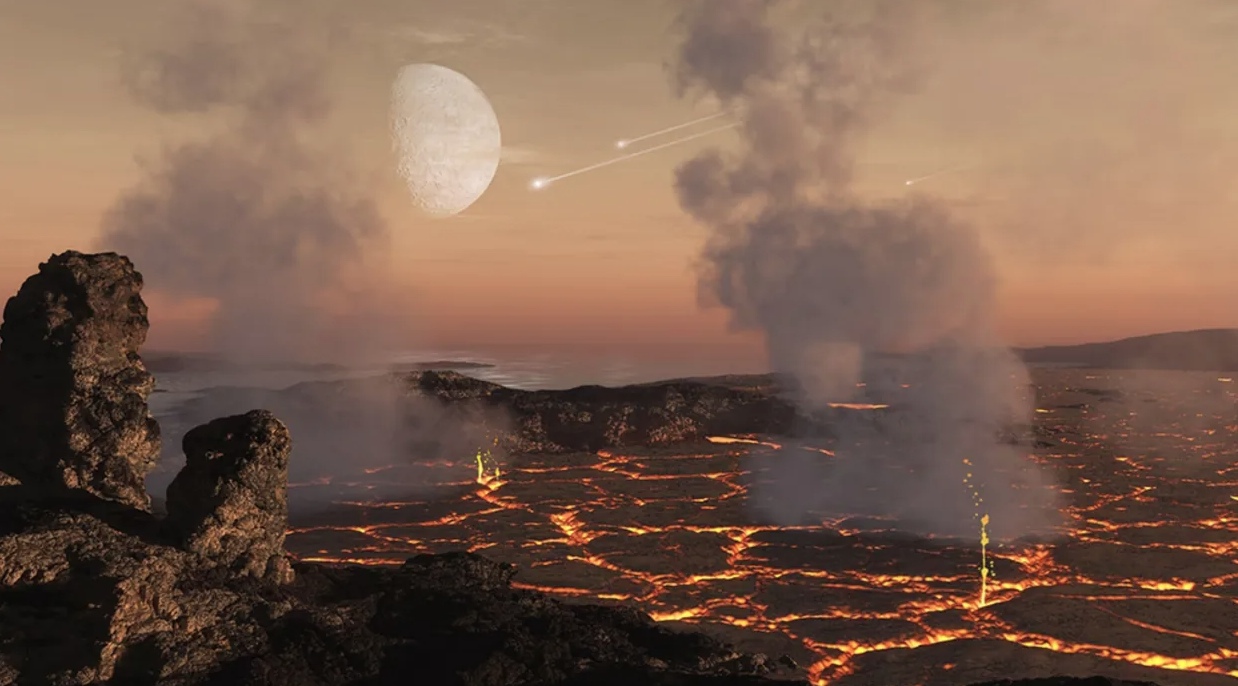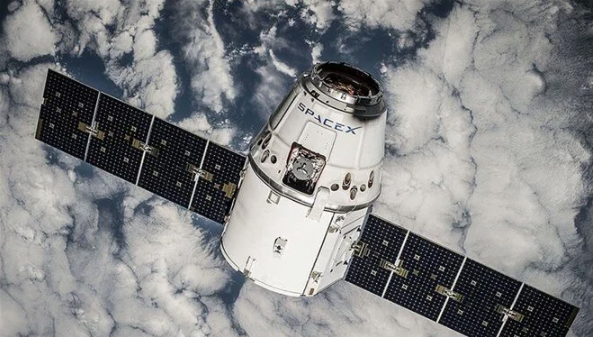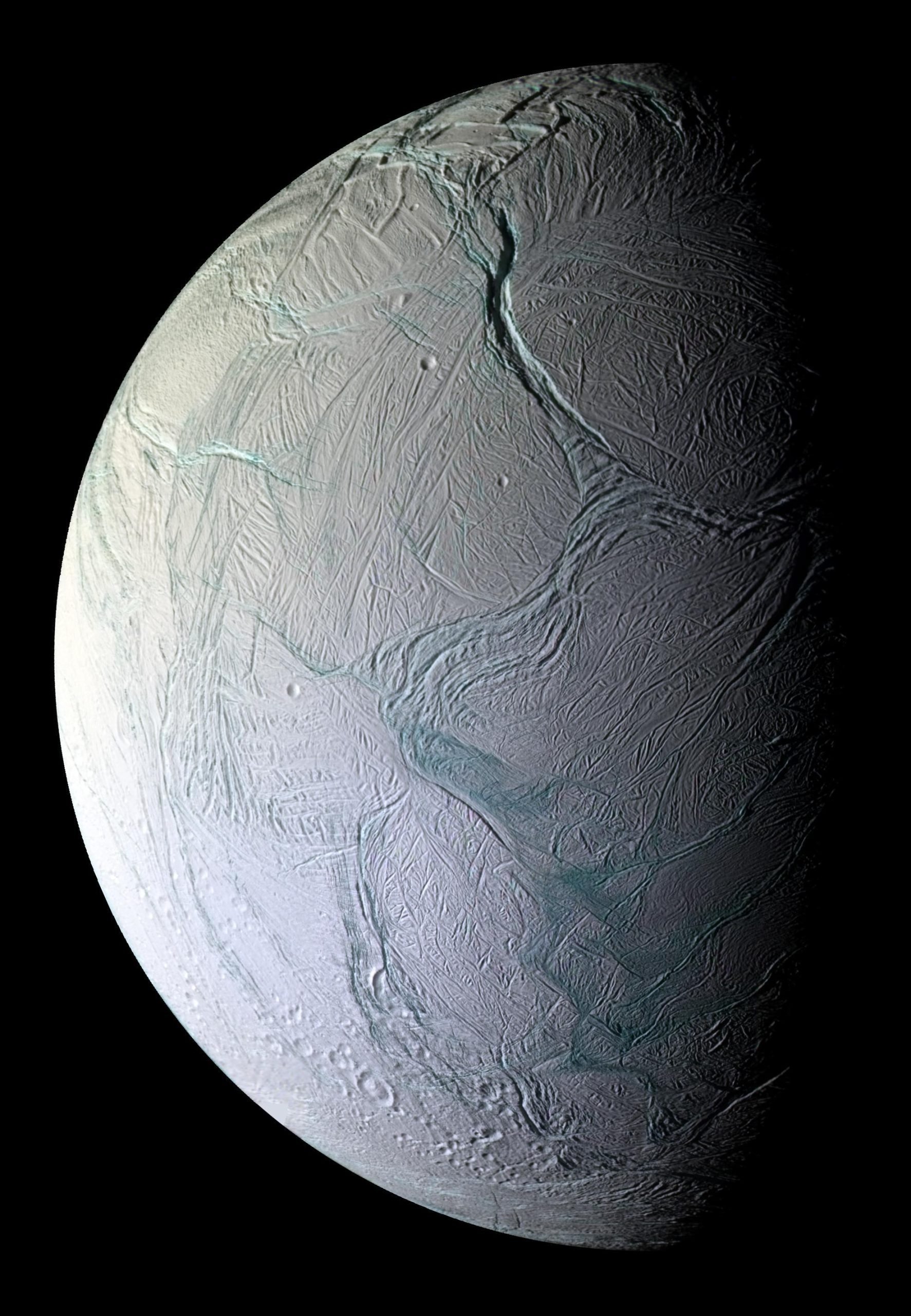The young Earth was badly damaged 3.26 billion years ago when it was hit by a giant rock four times the size of Mount Everest. Scientists believe that this giant meteor, much larger than the Chicxulub object that ended the reign of the dinosaurs, fell into the ocean (since continents had not yet begun to form at that time).
The impact was so violent that it boiled the top layer of the ocean and created a tsunami as high as New York skyscrapers. Chunks of molten rock rained down from the sky. The atmosphere was filled with ash and dust. And then the planet was plunged into darkness.
But I guess that wasn’t such a bad thing.
That was the interesting conclusion of three presentations at the fall meeting of the American Geophysical Union (AGU) in San Francisco this month. Working independently of each other, the scientists concluded that the battering of the young Earth by giant space rocks may have made it more conducive to life. There was a lesson here that goes down in the geophysical record and is important for all of us: Earth had been through hell, but came back stronger.
But the first few billion years of Earth’s history are still a blur. No one knows how life emerged in the chaos and confusion of that time and how it evolved into more complex organisms.
The story of how this planet became habitable is relevant to the science of astrobiology, which studies the possibility of life on other worlds. There are many examples of uninhabitable planets and moons in our own solar system. Earth is an anomaly teeming with life. So what happened to make it so?
Giant collisions gain prominence as researchers probe the distant past
Nadja Drabon, who studies early Earth geology at Harvard and presented her research at the AGU meeting, said: “These giant collisions definitely have a negative impact on the atmosphere. If there is a lot of dust in the atmosphere, it becomes very dark. However, these negative effects probably didn’t last very long. And afterwards, the conditions supporting life improved, at least for a while.
For example, the enormous tsunami probably generated by the collision 3.26 billion years ago may have carried iron, an essential component for metabolism, into shallow seas. Other components may have drifted from land masses into the ocean, Drabon says.
NASA Ames Research Center scientist Nick Wogan, who presented at AGU, says ancient collisions may have given Earth a ‘hot vapor atmosphere’ but may also have triggered chemistry relevant to life.
“Early collisions can be positive for life in different ways,” said Simone Marchi, a planetary scientist at the Southwest Research Institute in Colorado, who presented at the AGU meeting. For example, they may have brought in essential elements or molecules that are missing in regions near the surface and perhaps could be important for early life,” said Simone Marchi, a planetary scientist who presented at the AGU meeting.
How did collisions shape the Earth?
Young Earth is a mystery because so little is known about it, and scientists have to visualize it with scraps of evidence and clever computer models.
And according to these models, it was a water world. Life was sparse and primitive; nothing remotely resembling an animal had yet appeared. Scientists studying the chemistry of the early atmosphere are not sure whether the sky was blue or orange. “There was probably an orange haze, like Los Angeles in the 1980s,” says John Tarduno, a geophysicist at the University of Rochester. Marchi says we can think of the early Earth ‘like an alien planet’.
It was also a planet that was under attack almost from the day it was born. For hundreds of millions of years, the early Earth was subjected to constant bombardment, including a collision with an object the size of Mars that led to the formation of the Moon.
These collisions are the key to the planet’s biography. Scientists have given this event, which happened 3.26 billion years ago, the simple name ‘S2’. Marchi emphasizes that this is one of the largest of the 16 major collisions detected by scientists, which occurred between 3.5 billion and 2.4 billion years ago.
This event left no craters. But resourceful scientists were able to find traces of it in thin layers of sedimentary rock. The ‘S’ in S2 stands for spherules, tiny glassy droplets that rained down from the sky after the collision. The spherules and other debris from the collision form a distinctive layer in the sedimentary rock that tells the story of the moment of the murder, like a detective’s chalk outline. Fortunately, there wasn’t much to lose in those times.
The big leap forward came with the evolution of bacteria that pumped oxygen into the atmosphere. Later, organisms emerged that used this oxygen as metabolic fuel. It was only in the last billion years that life became multicellular; the first creatures that could crawl on the seafloor and call themselves animals appeared less than 600 million years ago.
Could life on Earth and its perfect and infinite forms have happened without these collisions? Nobody can know that. When they happened, there were no humans, no dinosaurs, no jellyfish. But microbes were probably in a favorable position to turn the crisis into an opportunity. Surviving under extreme conditions, these creatures were extremely resilient.
“Life back then was basically very, very simple organisms. Maybe that’s why they survived,” Marchi says. “If we had evolved then, we probably would have gone extinct,” he adds.
From the Washington Post article





